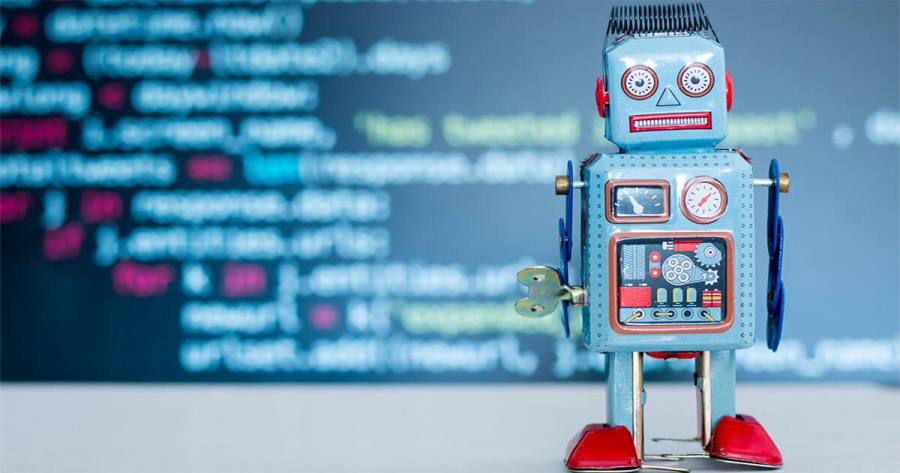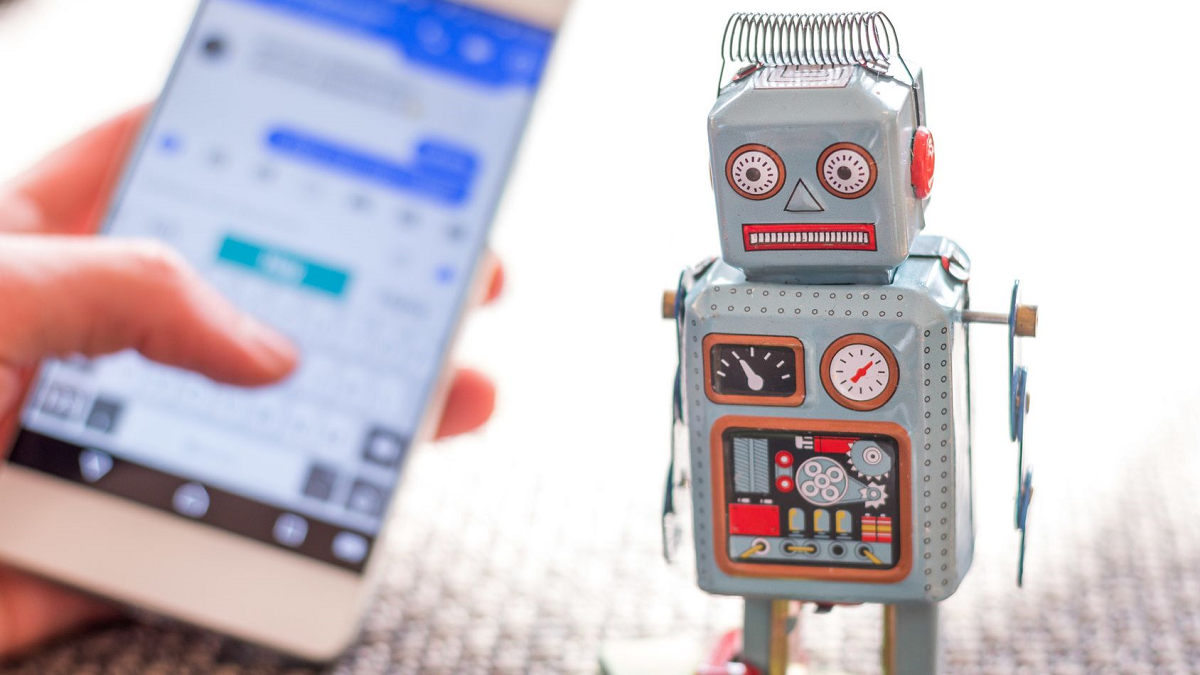IN this article, Dr. OLUSEYI AKINDEINDE takes a closer look at ChatGPT and provide a few examples and demos to showcase its capabilities:
====
In recent years, advances in artificial intelligence and natural language processing have paved the way for the development of chatbots that are capable of engaging in conversation with humans in a natural and intuitive way. One of the most impressive examples of this technology is ChatGPT, a chatbot developed by OpenAI that uses the GPT-3 language model to generate human-like responses to user input.
With ChatGPT, users can have realistic, engaging conversations with a machine, exploring a wide range of topics and ideas. But ChatGPT is more than just a fun way to pass the time – it also has the potential to revolutionize the way we interact with machines and perform a wide range of tasks.
In this article, we will take a closer look at ChatGPT and provide a few examples and demos to showcase its capabilities.
What is ChatGPT?
At its core, ChatGPT is a chatbot – a piece of software that is designed to simulate conversation with human users. However, unlike many other chatbots, which are limited in their ability to understand and respond to complex inputs, ChatGPT uses the GPT-3 language model to generate highly human-like responses to user input.
GPT-3, or Generative Pretrained Transformer 3, is a large-scale language model that has been trained on a massive amount of text data from a variety of sources. This allows it to understand the nuances of human language and generate responses that are highly realistic and coherent.
The key feature of ChatGPT is its ability to generate responses that are coherent and contextually relevant to the conversation.
This is achieved through the use of advanced natural language processing techniques and a large-scale neural network. ChatGPT is also able to maintain a consistent persona throughout the conversation, allowing for more engaging and enjoyable interactions.

The potential applications of ChatGPT are numerous and varied. It could be used in customer service to handle inquiries and support requests, providing quick and accurate responses to common questions. It could also be used as a personal assistant to help users with tasks such as scheduling, reminders, and general information. Additionally, ChatGPT could be used as an educational tool to help students learn about a wide range of subjects.
The development of ChatGPT represents a significant milestone in the field of human-machine interaction. It brings us one step closer to a future where machines are capable of engaging in natural, human-like conversation, blurring the lines between humans and machines.
One of the key features of ChatGPT is its ability to generate responses that are coherent and contextually relevant to the conversation.
This is achieved through the use of advanced natural language processing techniques and a large-scale neural network. ChatGPT is also able to maintain a consistent persona throughout the conversation, allowing for more engaging and enjoyable interactions.
There are many potential uses for ChatGPT, including:
- Customer service: ChatGPT could be used to handle customer inquiries and support requests, providing quick and accurate responses to common questions. This could help reduce the workload on human customer service agents and improve the overall customer experience.
- Personal assistant: ChatGPT could be used as a personal assistant to help users with tasks such as scheduling, reminders, and general information. This could help users stay organized and on top of their daily tasks.
- Educational tool: ChatGPT could be used as an educational tool to help students learn about a wide range of subjects. It could provide answers to common questions and help students develop their knowledge and understanding of various topics.
Here are a few examples of how ChatGPT could be used in real-world scenarios:
A customer contacts a company via a chatbot on their website to inquire about the availability of a certain product. ChatGPT responds with accurate and relevant information about the product, providing the customer with the information they need.
A user asks ChatGPT for help with scheduling a meeting. ChatGPT responds with suggestions for potential dates and times, allowing the user to easily select the option that works best for them.
A student asks ChatGPT for help with a homework assignment. ChatGPT responds with relevant information and explanations, helping the student understand the material and complete the assignment.
One potential benefit of ChatGPT and other similar chatbots is that they can help to improve the efficiency of certain tasks by automating repetitive or time-consuming interactions. This could potentially free up time for humans to focus on more meaningful or creative pursuits.
Concerns
On the other hand, the development of advanced language models like GPT-3 also raises concerns about the potential for automation to displace human workers in certain industries.
As language models continue to improve and become more capable, there is a risk that they could eventually be used to perform tasks that currently require human intelligence, such as customer service or content creation.
The rise of chatbots like ChatGPT also raises important ethical and social questions. As machines become more advanced and able to engage in increasingly sophisticated forms of communication, we must consider the implications for employment and the role of human workers. We must also consider the potential impact on our personal relationships and the way we interact with each other.
Regardless of the potential ethical and social implications, there is no denying that ChatGPT and other chatbots represent a major step forward in the field of artificial intelligence and human-machine interaction.
As the technology continues to advance, we can expect to see even more impressive developments in the future.
The Future of AI
ChatGPT is a powerful and versatile chatbot that can be used in a variety of settings to provide quick and accurate responses to user inquiries. Its ability to generate coherent and contextually relevant responses makes it a valuable tool for improving customer service, assisting users with tasks, and providing educational support.
The future of human-machine interaction is an exciting one, with ChatGPT and other chatbots paving the way for more seamless and natural interactions between humans and machines.
As technology continues to advance, it is likely that chatbots like ChatGPT will become even more advanced and capable, further blurring the lines between human and machine.
Conclusion
In the meantime, ChatGPT is a valuable tool that is already making a significant impact in the world of human-machine interaction. Its ability to generate human-like responses and engage in engaging conversations is a testament to the progress that has been made in the field of natural language processing.
Overall, the impact of ChatGPT and other similar technologies on humans will depend on how they are used and how they evolve over time. It is important for society to carefully consider the potential benefits and drawbacks of these technologies, and to develop strategies for addressing any negative impacts that may arise.
As the world continues to embrace the potential of chatbots like ChatGPT, the future of human-machine interaction looks bright.
About the Author:







